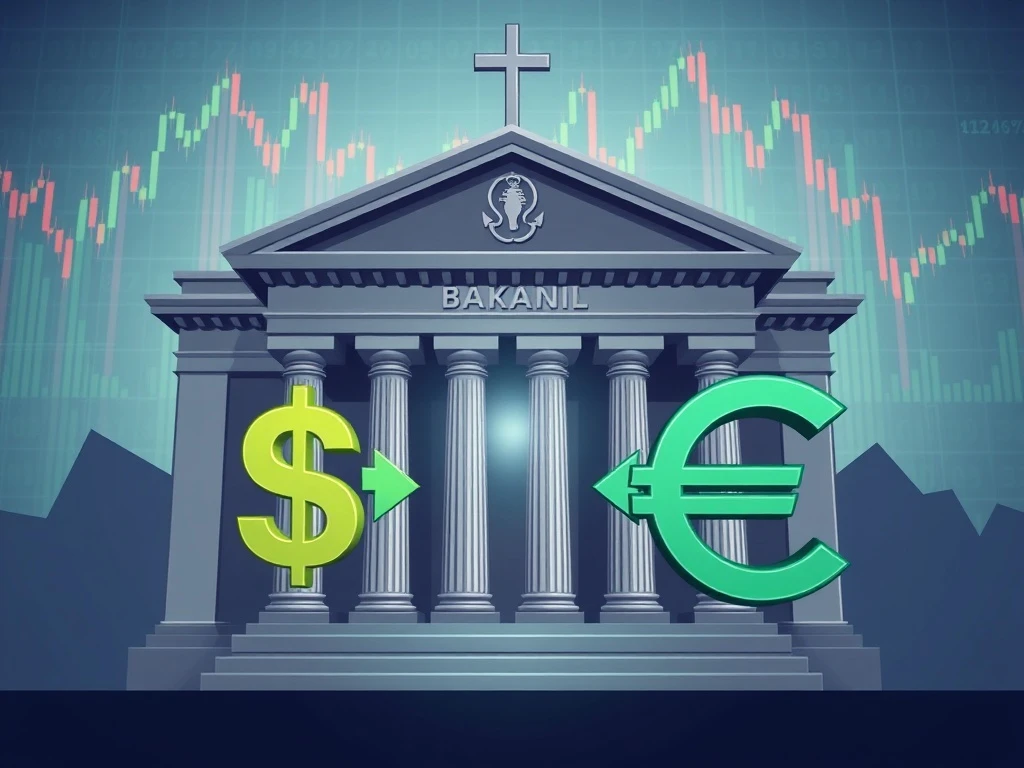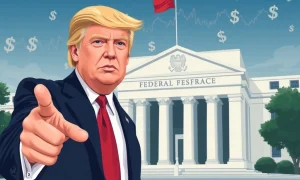In a monumental financial maneuver, the institution holding the world’s third-largest central bank reserves is executing a strategic pivot from dollars to euros. This move signals potential seismic shifts in global currency dynamics that could impact markets worldwide.
Central Bank Reserves Transformation Underway
Financial authorities confirm significant changes in central bank reserves allocation. The institution began diversifying its massive holdings recently. Consequently, market analysts observe substantial dollar selling pressure. Meanwhile, euro purchases have increased dramatically. This strategic rebalancing affects global currency valuations significantly.
Understanding the Reserve Currency Shift
Several factors drive this central bank reserves adjustment. Geopolitical considerations play a crucial role. Additionally, yield differentials influence decision-making. Furthermore, currency stability concerns matter greatly. The institution seeks optimal risk management through diversification.
Global Financial Market Implications
This central bank reserves reallocation creates widespread effects. Bond markets experience notable volatility. Forex trading volumes increase substantially. Investment portfolios require reassessment. International trade financing costs fluctuate accordingly.
Historical Context of Reserve Changes
Previous central bank reserves adjustments provide valuable insights. The 1970s saw similar dollar diversification moves. The euro’s introduction created new reserve options. Recent geopolitical tensions accelerate currency diversification trends. Historical patterns suggest prolonged adjustment periods.
Expert Analysis on Reserve Strategy
Financial experts analyze this central bank reserves transformation carefully. Most economists anticipate continued euro accumulation. However, dollar dominance remains largely unchallenged. The transition likely occurs gradually over quarters. Market participants should monitor developments closely.
Future Projections and Market Outlook
The central bank reserves rebalancing will continue systematically. Other institutions might follow this precedent. Currency markets will adapt to new equilibrium levels. Long-term implications include possible euro strength. Dollar hegemony faces incremental challenges nevertheless.
FAQs
Which central bank is making this change?
The institution hasn’t been officially named, but financial analysts identify it as one of the major reserve holders among developing economies.
How much currency is being swapped?
While exact figures remain confidential, estimates suggest billions of dollars are being converted to euros monthly.
What does this mean for the US dollar?
The dollar remains dominant but may face gradual pressure as diversification continues among reserve managers.
Will other central banks follow this strategy?
Many analysts believe other institutions may consider similar diversification if this move proves successful.
How will this affect international trade?
Euro-denominated trade financing may become more accessible, while dollar liquidity could tighten marginally.
What are the risks of such a strategy?
Currency volatility, execution challenges, and potential political repercussions represent significant considerations.








